About products and suppliers
Understanding Flatness Gauges
Flatness gauges are precision instruments used to measure the flatness of surfaces, ensuring that they meet specified tolerances. These tools are essential in various industries, from metalworking to semiconductor manufacturing, where surface regularity is paramount. The flatness checking gauge is a typical example, designed to provide accurate assessments of surface evenness.
Types of Flatness Gauges
There is a range of flatness gauges available to cater to different needs. The digital flatness gauge offers an electronic means of measurement, providing digital readouts for ease of interpretation. For those requiring traditional precision, the mitutoyo flatness gauge is a popular mechanical choice known for its reliability and accuracy. Specialized options like the kemet flatness gauge and lapmaster flatness gauge are also available, each with unique features suited to specific applications.
Applications and Features
Flatness gauges are utilized in settings where the flatness of a material is critical. This includes the automotive, aerospace, and machining sectors. The surface flatness gauge is particularly useful for checking large, flat surfaces. These gauges often come with features such as a flatness dial indicator, which provides a visual representation of the surface flatness, or the ability to measure flatness with a dial indicator for more intricate surfaces.
Materials and Advantages
The construction of flatness gauges typically involves high-grade materials that ensure durability and longevity. The use of a flatness measurement gauge in quality control processes offers the advantage of precise measurements, which are crucial for maintaining manufacturing standards and avoiding costly errors.
Selecting the Right Flatness Gauge
Choosing the correct flatness gauge depends on the specific requirements of the task at hand. Factors to consider include the size of the surface to be measured, the level of precision required, and the environment in which the gauge will be used. Whether it's a mitutoyo flatness gauge known for its meticulous accuracy or a more robust model like the kemet flatness gauge, Alibaba.com hosts a comprehensive collection to meet diverse industry needs.
Conclusion
In conclusion, the selection of a flatness gauge should be based on the specific demands of the application. With a variety of options available, including digital and mechanical models, professionals can find the appropriate tools to ensure their surfaces meet the required flatness standards. Alibaba.com serves as a platform where buyers can connect with suppliers to find the right measuring instruments for their business needs.

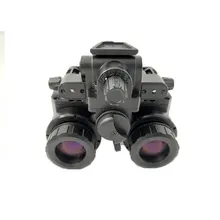
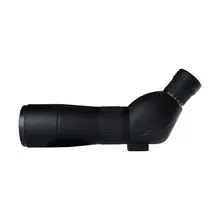
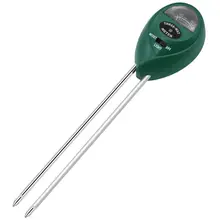


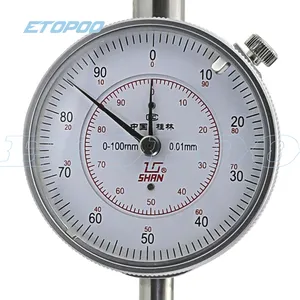

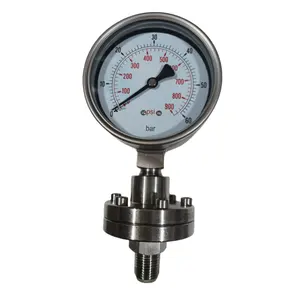

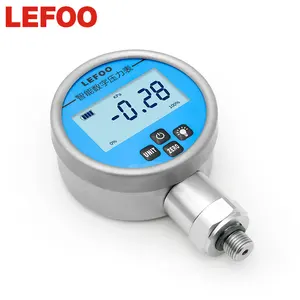
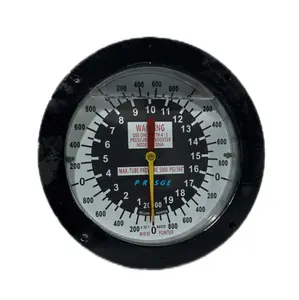
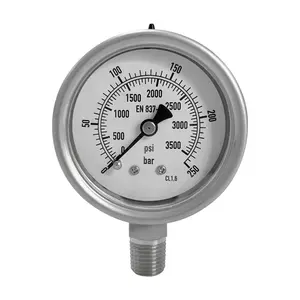

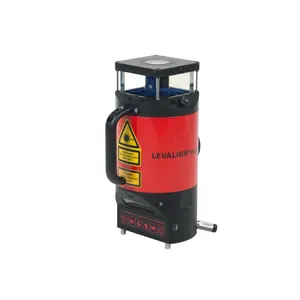













 浙公网安备 33010002000092号
浙公网安备 33010002000092号 浙B2-20120091-4
浙B2-20120091-4